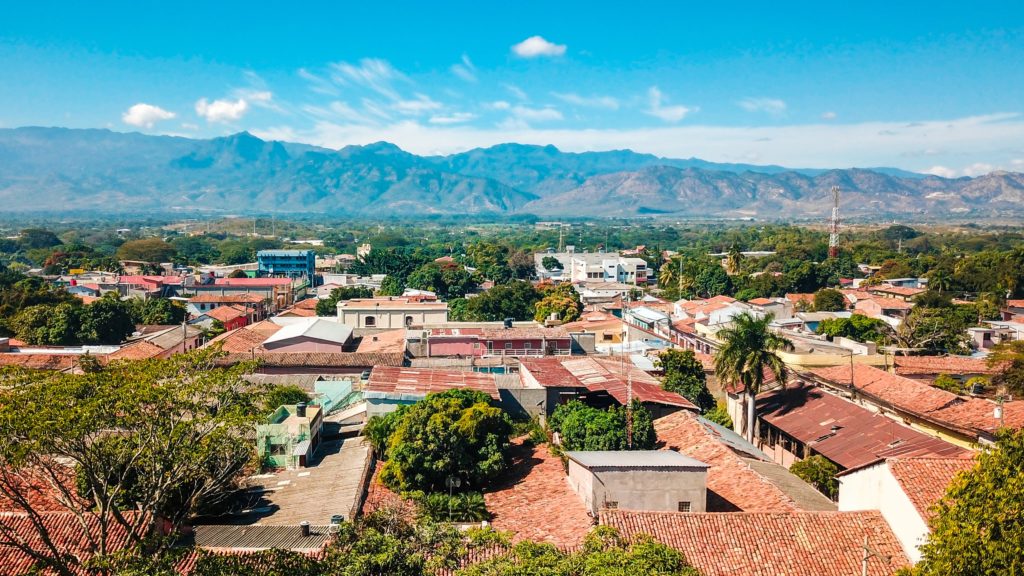Honduras’ GDP was predicted to be $24.4 billion (at current market exchange rates) in 2019, with a real GDP increase of 2.7 percent and a population of ten million people. Discussed below are some of the trade agreements that helped boost Honduras’s economy

Honduras-South Korea
Korea is the first Asian country to sign a Free Trade Agreement (FTA) with the Central American region’s five countries. The FTA was ratified in early August 2020 and it came into effect on the 1st of October of the same year. The deal will provide increased commercial opportunities for Central American countries. Korea wants to offer duty-free market access to around 80.1 percent of Honduras’ commerce.
Honduras- The US
The Dominican Republic, Central America, and the United States Free Trade Agreement was signed by the US on August 5, 2004. The agreement significantly liberalizes trade in goods and services between the Parties. The agreement entered into force for the U.S. and Honduras on April 1, 2006. Honduras is the US’ 45th largest goods trading partner, with total (two-way) goods trade of $10.3 billion in 2019. Exports of goods totaled $5.4 billion, while imports of goods reached $4.8 billion. In the same year, the United States’ goods trade surplus with Honduras was $616 million. In 2019, the United States’ agricultural exports to Honduras include; Corn, soybean meal, wheat, pork and pig products, wine, and beer. Travel, transportation, and professional and managerial services were the most popular services exports from the US to Honduras.
Honduras-Canada
On October 1, 2014, the Free Trade Agreement between Canada and Honduras, as well as companion agreements on labor and environmental cooperation, went into effect. The free trade deal between Canada and Honduras will strengthen the two countries’ commercial ties. It will help Canadian businesses and workers in many areas of the economy, including agriculture, professional services, value-added food processing and manufacturing, and commodity- and resource-based industries.
Honduras-EU
On June 29, 2012, the EU and the Central American area (Honduras, Nicaragua, Panama, Costa Rica, El Salvador, and Guatemala), signed a new Association Agreement. The Association Agreement is built on three complementary and equally significant pillars: political discussion, cooperation, and trade, all of which strengthen and reinforce each other’s effects. The Association Agreement’s trade pillar has been in effect with Honduras, Nicaragua, and Panama since August 1, 2013, Costa Rica and El Salvador since October 1, 2013, and Guatemala since December 1.
Honduras-Peru
On May 29, 2015, Honduras and Peru inked a free trade deal. The agreement went into effect on January 1, 2017. Treaties that have investment clauses. This FTA is part of Peru’s overall trade policy to increase market access. It also provides laws and processes to encourage the exchange of products and services, as well as investments.
Honduras-Colombia
The Free Trade Agreement between Colombia and Honduras entered into force on 27 March 2010. After six rounds of negotiations, the negotiations ended on 16 March 2007. On 9 August 2007 Colombia and El Salvador, Guatemala, and Honduras signed the agreement; it came into effect a year later. Colombia and Honduras signed a free trade agreement on March 27, 2010.
Honduras-Panama
Panama and the Central American countries signed bilateral preferential trade agreements in the 1970s. After eight rounds of negotiations, negotiations on the normative framework finished on 16 May 2001. On 15 June 2007, Honduras and Panama finished bilateral negotiations and signed a protocol to the agreement.
Honduras-Taiwan
A free trade agreement between the two countries has been in place since 2007. Since then, bilateral trade has increased from $65.95 million to $148 million in 2021, according to Taiwan’s economy ministry, with Honduras becoming the top source of frozen prawns imported into the country.



